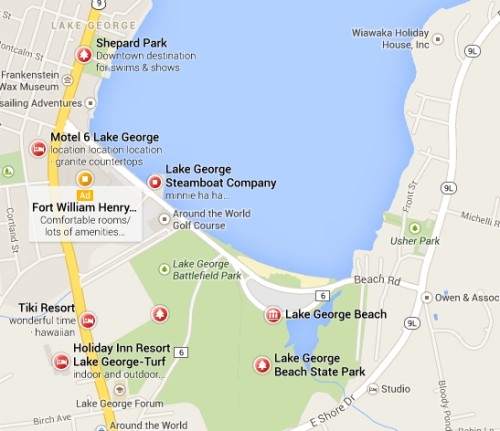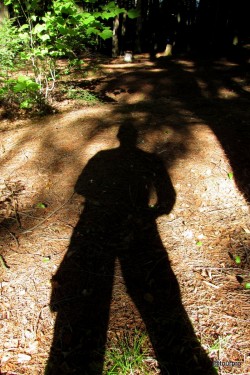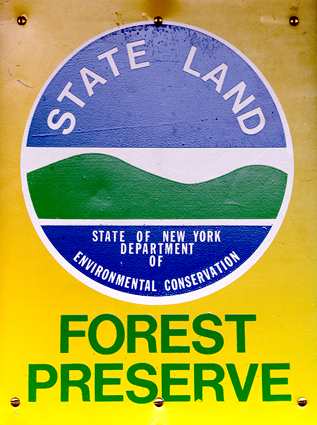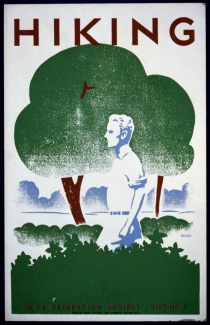LGPC to Receive $250K from Environmental Protection Fund to Combat Asian Clams and Other Invasive Species
Comprehensive Environmental Impact Study Process on Preventing Spread of Invasive Species in Lake George is Underway
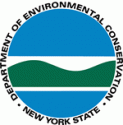 Working together, the Department of Environmental Conservation (DEC) and the Lake George Park Commission (LGPC) will take actions to prevent the spread and threat of invasive species such as Asian clams in preparation for the summer 2013 boating season, the agencies announced today. In addition, an environmental review of a comprehensive and long-term plan to address invasive species will begin shortly.
Working together, the Department of Environmental Conservation (DEC) and the Lake George Park Commission (LGPC) will take actions to prevent the spread and threat of invasive species such as Asian clams in preparation for the summer 2013 boating season, the agencies announced today. In addition, an environmental review of a comprehensive and long-term plan to address invasive species will begin shortly.
“While much has been done to combat this invasive species, we know more must be done and that is why Governor Cuomo has asked us to take immediate action as well as complete a comprehensive environmental review to determine how we can combat invasive species in Lake George,” DEC Commissioner Joe Martens said. “Invasive species present a risk to the ecosystem and recreational values of Lake George if the threat goes unabated. We are eager to begin this process as soon as possible.”
“Governor Cuomo’s commitment of additional funding for our efforts are welcome weapons in our battle against invasive species in Lake George,” David Wick, Executive Director, Lake George Park Commission said. “We now have a thorough process and plan to determine the best course of action going forward. While Asian clams are unlikely to be eradicated from Lake George, the work we are doing in partnership with DEC and the Lake George communities will help prevent the spread of these clams and other invasives.”
To further protect Lake George from the threat of invasive species in 2013 while the review of the long term plan takes place, the DEC and LGPC will:
- Expand the Lake George Association’s boat steward program from May to September. The season previously ran from June to August. This will provide additional protection during months when boat traffic is relatively high but stewards are not currently funded.
- Develop and implement a more comprehensive outreach program to local and regional boaters who boat on Lake George on how they can reduce the risk of spreading and introducing invasive species.
- Increase patrols by DEC Environmental Conservation Officers and LGPC officers trained in aquatic invasive species spread prevention. These officers will work the launches on a regular required basis.
The state Environmental Protection Fund (EPF) will provide $50,000 from the 2012-13 invasive species prevention allocation to fund the lengthened boat steward program and additional outreach efforts.
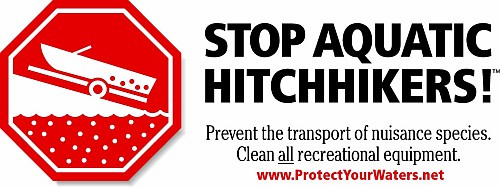
LGPC to Receive Additional $200K
In addition to the actions above, the LGPC will receive $200,000 from the EPF to help contain and prevent the spread of aquatic invasive species including Asian clams. As with the allocation above, EPF funds from 2012-13 will be used. Earlier this year the state provided LGPC with $100,000 from the Aid to Localities fund and $100,000 from the EPF to help combat invasive species.
Environmental Impact Review Process
Building upon its work last year, LGPC, in cooperation with the involved state and local agencies, will continue its work pursuant to the State Environmental Quality Review Act to develop a long-term plan for protecting Lake George from invasive species. LGPC will develop a scope for an Environmental Impact Statement and invite public comment to ensure that all reasonable alternatives are considered in the EIS, including mandatory inspections and boat washing. The draft EIS will be subject to public review and comment. Following the comment period, a final EIS will be developed to determine the best course of action on how to prevent the spread of invasive species in Lake George.
The SEQR process must be completed before mandatory inspections and boat washing could be implemented. It is anticipated the SEQR process will be completed by the end of the year.
DEC and LGPC share the goal of preparing a comprehensive long-term plan to address invasive species. Through the environmental review process, including a thorough examination of alternatives, LGPC, DEC and other state and local partners will determine the best course of action.
“The various stake holders have worked diligently on this multifaceted plan to better understand the threat of invasive species in Lake George, prevent their introduction and address existing issues,” said Senator Elizabeth Little of Queensbury. “This proactive and constructive approach will serve Lake George’s ecology and economy well. I thank Governor Andrew Cuomo and DEC Commissioner Joe Martens for committing both the scientific and financial resources to ensure success here.”
State Actions to Combat Invasive Species
Governor Cuomo signed the Invasive Species Prevention Act (ISPA) into law in July 2012. The law directs DEC and the NYS Department of Agriculture and Markets to develop by September 2013 a proposed list of invasive species to be regulated and prohibited. In addition, the Invasive Species Council, comprised of nine state agencies, will work with stakeholders on its implementation. Additional actions taken this year by New York State to fight invasive species include:
- The Adirondack Park Agency has further streamlined its review process for the removal of invasive species in lakes across the Park. APA has approved a general permit that allows for the management of aquatic invasive species using benthic mats and hand harvesting. LGPC is currently using benthic mats under this general permits to control Asian clams on Lake George.
- Launched I-MAP invasives, a web-based tracking system being used by various state agencies to collect invasive species data from the public and private sector and make information available to fight invasives.
- Increased efforts post-Sandy to ensure that woody debris was treated correctly, thereby reducing risk of spreading the Asian Long-horned beetle.
- Selected four new Partnerships in Invasive Species Management (PRISMs). Once these PRISMs are under contract, all of New York State will be encompassed as part of this PRISM system. PRISMs work with state agencies to coordinate local partner efforts, recruit and train citizen volunteers, identify and deliver education and outreach, establish early detection monitoring networks, and implement direct eradication and control efforts.
- Dedicated funds to fight the hydrilla infestation in Cayuga Lake Inlet.
Prevent the Spread of Invasive Species
“One of the best ways to prevent invasive species from entering a water body is to clean, dry and disinfect all boats, watercraft and fishing equipment before entering a waterway,” Commissioner Martens said. “I encourage everyone who recreates in New York’s waterways to do their part to prevent the spread of invasive species.”
INSPECT & CLEAN your fishing, boating and other water recreation equipment and gear. Remove all mud, plants and other organisms that might be clinging to them when leaving waters, especially those that are known to contain an aquatic invasive species.
DRY your fishing and boating equipment before using it on another body of water. Drying is the most effective “disinfection” mechanism and is least likely to damage sensitive equipment and clothing. All fishing and boating equipment, clothing and other gear should be dried completely before moving to another body of water. This may take a week or more depending upon the type of equipment, where it is stored and weather conditions. A basic rule of thumb is to allow at least 48 hours for drying most non-porous fishing and boating gear at relative humidity levels of 70 percent or less.
DISINFECT your fishing and boating equipment if it cannot be dried before its use in another body of water. Disinfection recommendations vary depending on the type of equipment and disease of concern. Be particularly aware of bilge areas, live wells and bait wells in boats. These areas are difficult to dry and can harbor invasive species.
 New York State Department of Environmental Conservation Forest Rangers respond to search and rescue incidents statewide. Working with other state agencies, local emergency response organizations and volunteer search and rescue groups, Forest Rangers locate and extract lost, injured or distressed people from the backcountry.
New York State Department of Environmental Conservation Forest Rangers respond to search and rescue incidents statewide. Working with other state agencies, local emergency response organizations and volunteer search and rescue groups, Forest Rangers locate and extract lost, injured or distressed people from the backcountry.
